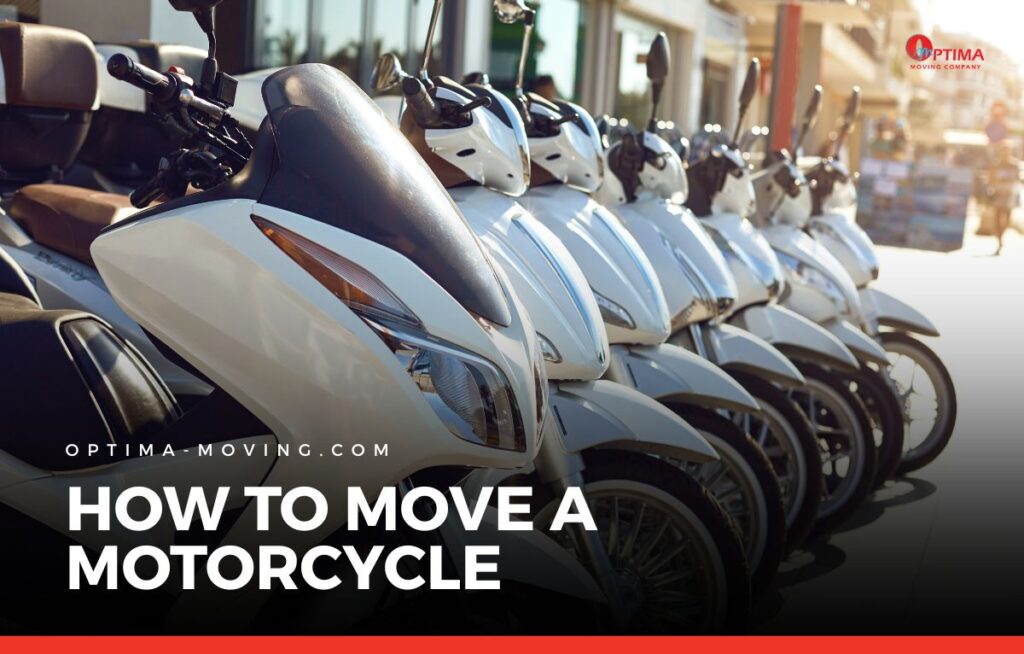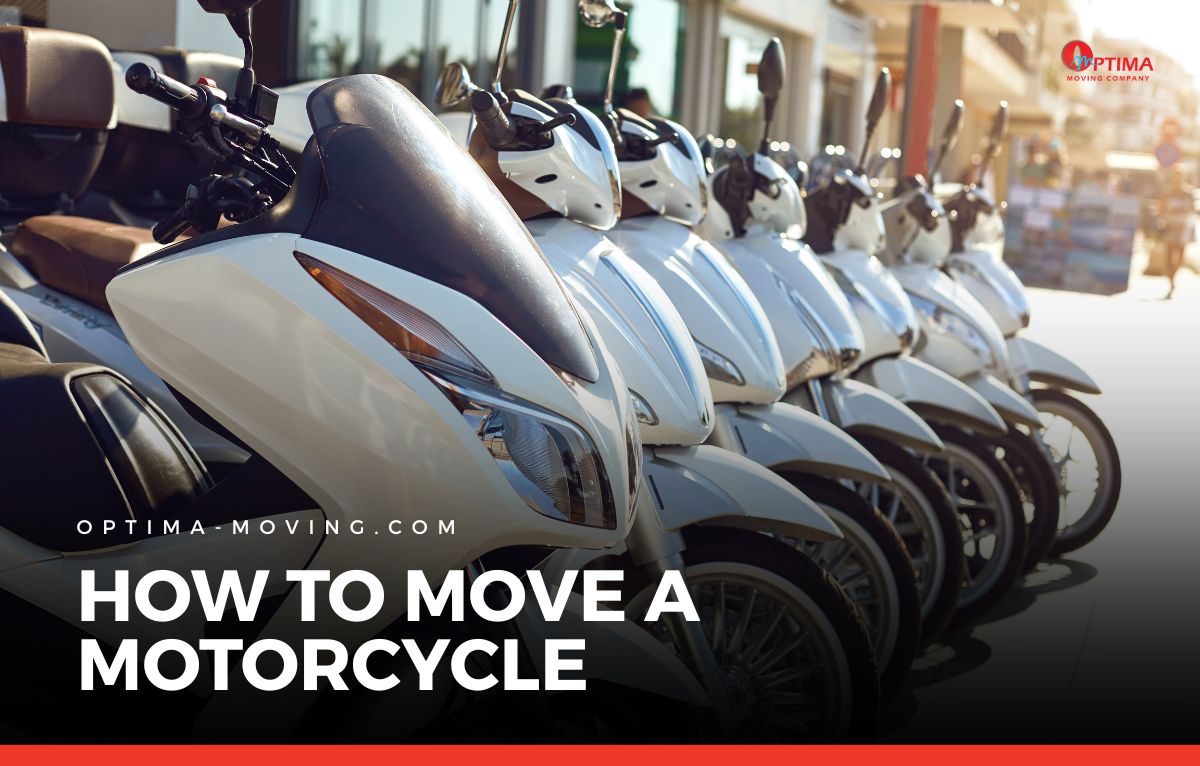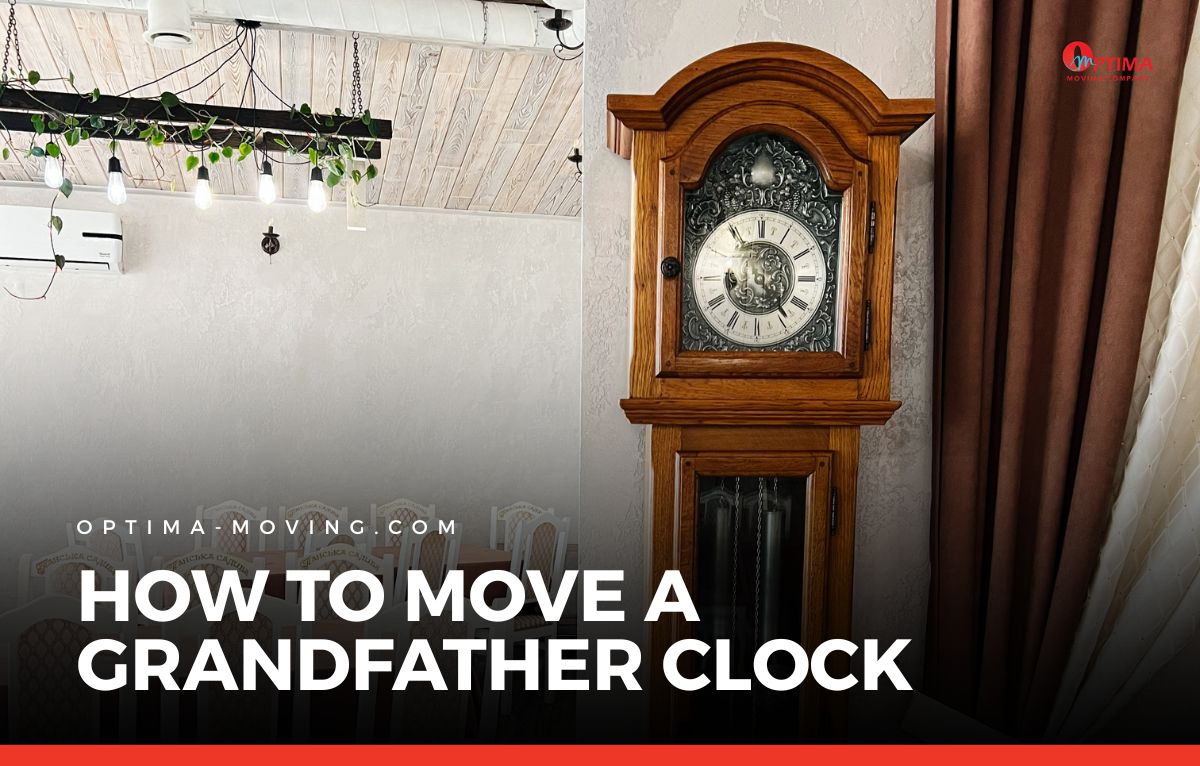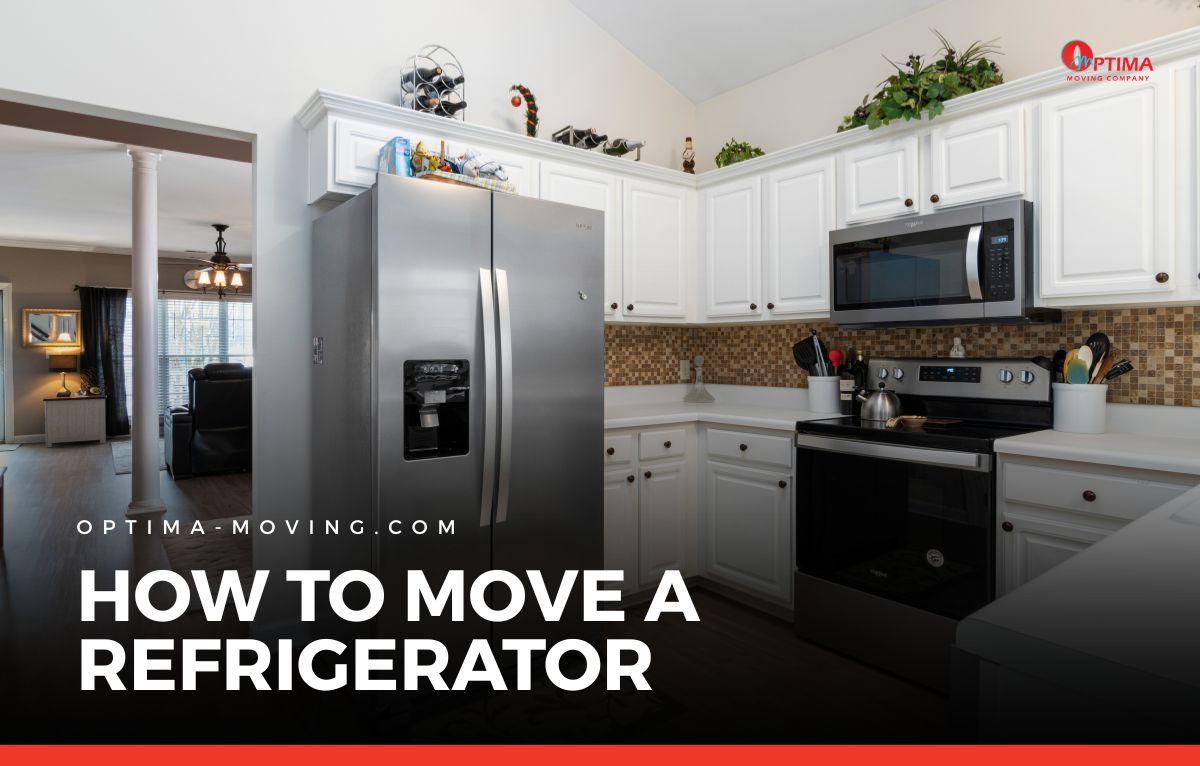Motorcycles are built for the road, not for moving vans or tight corners. That’s what makes relocation tricky.
Knowing how to move a motorcycle isn’t only about lifting; it’s about balance, securing it properly, and avoiding damage to parts that weren’t made to be bumped or compressed.
Here, you’ll learn what to do, what not to forget, and what experienced riders wish they had known the first time they moved their bike.
Why a Motorcycle Requires Special Handling
Unlike cars, motorcycles are inherently unstable when not in motion. They rely on stands and anchors to remain upright. During a move, that makes them vulnerable to tip-overs, handlebar damage, or worse, fuel or oil leaks.
Add in fairings, mirrors, and custom mods, and you’ve got even more to lose if things shift the wrong way.
Many people assume that a motorcycle just needs to be tied down with a couple of straps. That approach leads to costly scratches, bent forks, or cracked plastic. To move it properly, everything from loading to anchoring needs to be thought through. Good prep makes a big difference.
Inspect and Prepare Before You Move
Start by giving your motorcycle a thorough inspection. Clean off dust and grime so you can easily spot leaks or scratches after the move. Check for any loose parts—mirrors, pegs, windshield, saddlebags—and either tighten them or remove and pack separately. If your bike has an alarm system, disable it to avoid unwanted surprises en route.
Next, document the bike’s condition. Take photos of all sides, including close-ups of existing marks or custom paint. This protects you if anything happens during the move. You’ll also want to check tire pressure and fluid levels. A bike that’s too low on air may sit unevenly in a trailer or truck.
If you’re moving it in a vehicle, line the floor with non-slip mats or cardboard to prevent sliding. Some riders even use pieces of carpet under the tires. Don’t forget to secure all keys and keep them easily accessible. Loading ramps, soft ties, and ratchet straps should be ready before the bike is moved.
When You’ll Need Help
Not every motorcycle move is a one-person job. There are clear moments when assistance or the right tools make all the difference in safety and control. Trying to manage too much on your own often leads to mishandling or injury. Here are a few situations where it’s smart to ask for help or use equipment that keeps the move secure:
- If the bike weighs more than you can confidently push or balance alone
- When ramps are steep or uneven
- If the destination has stairs or a high curb
- When loading into tall trucks or enclosed trailers
Gear That Keeps Your Bike Safe
Having the right equipment on hand changes everything. It means fewer risks of damage and a smoother experience overall. Before you lift or roll anything, make sure you’ve got the essentials ready to go:
- Soft loops to protect the handlebars or frame
- Ratchet straps with padded hooks to prevent scratching
- A loading ramp rated for your bike’s weight
- A wheel chock or anchor points inside the trailer
- Protective blankets or covers for extra padding
How to Load and Anchor the Bike Correctly
Once everything is ready, line up the ramp and make sure it sits securely against the truck or trailer. Ideally, use a loading ramp wide enough to walk beside the motorcycle while guiding it. If you’re using a narrow ramp, having a second person for balance is important.
Roll the bike slowly up the ramp with the engine off. Avoid revving or powering up; it’s risky and hard to control. Once inside the truck, place the bike straight against the wall if possible. Use a wheel chock to stabilize the front tire. If you don’t have one, use padded blocks on both sides of the tire.
Connect soft straps to solid frame points or the lower part of the fork, never the handlebars alone. Ratchet them down until there’s no give, but not so tight that the suspension is fully compressed. The bike should feel planted but not strained. Use additional straps from the rear if needed to keep it from shifting side to side.
Before closing the trailer or truck, double-check the straps for movement. If you’re moving a long distance, check the tension again at your first stop.
Final Steps After the Move
Once the bike reaches its destination, unload it carefully. Don’t rush the ramp work. If you’re using a dolly or pushing by hand, do it on flat ground. Once it’s parked, inspect everything again. Look for new scratches, leaks, or changes in handling. If something feels off, address it before riding.
You should also check tire pressure and suspension settings. Some bikes settle differently after being strapped down. Give it a full walk-around before taking it for a ride.
Wrap-Up: Make It Smooth, Not Stressful
Learning how to move a motorcycle comes down to thinking ahead, using the right tools, and treating your bike like the finely-tuned machine it is. It’s not difficult once you know what to watch out for, but rushing or guessing can lead to damage you’ll regret.
If you’re moving your bike as part of a larger relocation, or need help getting it to a new city or garage, Optima Moving has the experience and gear to move motorcycles safely. From preparation to final placement, we take care of the details so you don’t have to.




